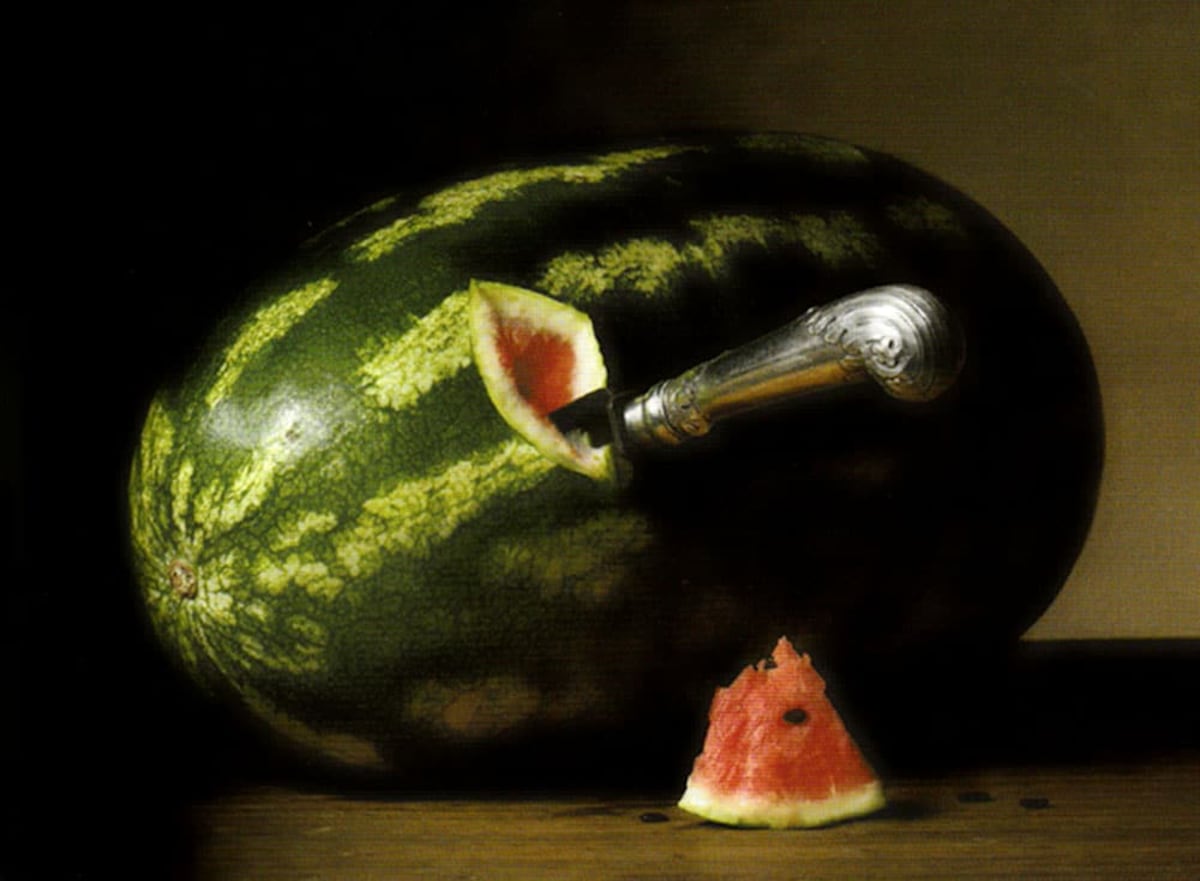
"A simple gesture is capable of unleashing a gale of emotions, conjuring the promise of infinite pleasure. Cracking into a watermelon brings the sense of summer alive."
"The striking red of the watermelon flesh and its cold, wet texture evokes deep memories of summer experiences—on the beach, by the pool, in the backyard."
"In Robyn Stacey's The First Cut, watermelon serves as a central subject representing summer's sensuality, contrasting with its historical portrayal in still life paintings."
"In Robert Spear Dunning's Still Life of Fruit, Honeycomb and Knives (1867), watermelon is depicted in a way that channels unruly desire and gluttony."
Watermelon symbolizes summer, unleashing a plethora of emotions and sensory experiences. Its striking red flesh captivates the sight, while its cold juiciness delights the touch, prompting memories of summer activities. The First Cut by Robyn Stacey features watermelon, drawing connections to its long-standing presence in summer still lifes, characterized by sensuality. Dunning's Still Life of Fruit, Honeycomb and Knives shows the progression to a more indulgent portrayal, contrasting Stacey's restraint, by depicting diners enjoying watermelon with a sense of gluttony and desire.
Read at english.elpais.com
Unable to calculate read time
Collection
[
|
...
]